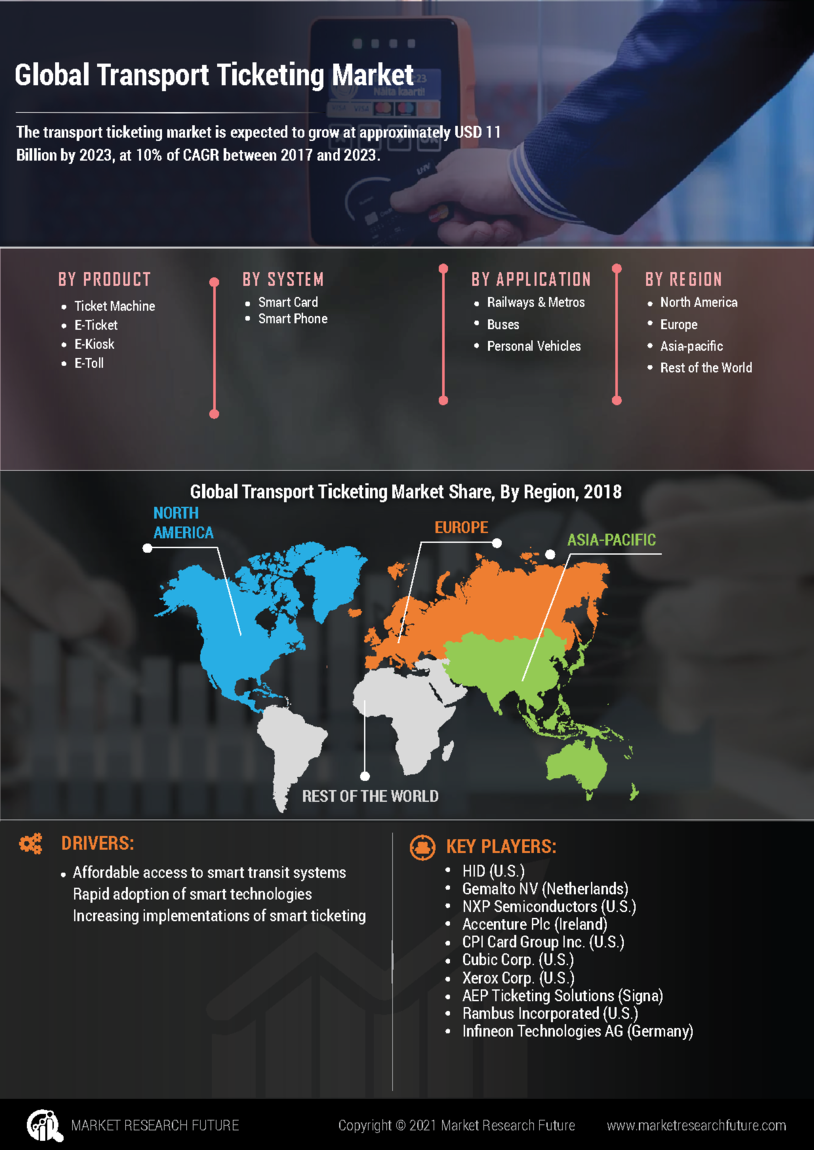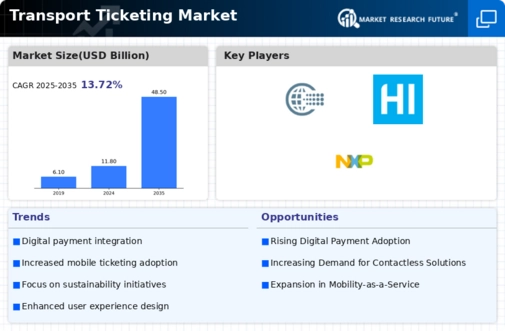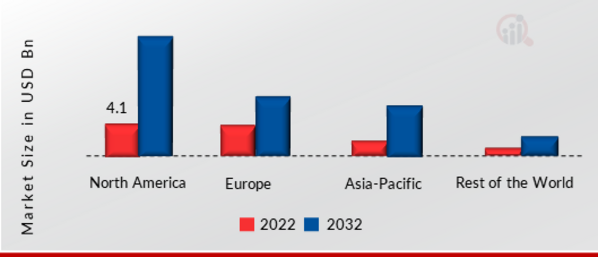The growing acceptance of contactless payment technologies drives market growth.
Market CAGR for transport ticketing is being driven by the growing acceptance of contactless payment technologies. Contactless payment methods have grown in popularity in recent years due to their convenience, speed, and security. Contactless payment systems have been popular in the transportation ticketing sector because they allow passengers to pay for their tickets fast and easily without the need for cash or physical tickets. This has resulted in shorter wait times and improved passenger flow, which has been praised by both transport operators and passengers.
Contactless payment systems can provide a variety of other advantages, such as improved data collecting and analysis, which can assist transportation operators in better understanding passenger behaviour and preferences.
Furthermore, mobile ticketing systems have grown in popularity in recent years, allowing travellers to purchase and keep their tickets immediately on their smartphones. This eliminates the need for physical tickets, which are easily misplaced or damaged, and gives travellers with a more convenient and flexible method of purchasing and using tickets.
Other advantages of mobile ticketing solutions include improved data collecting and analysis, which can help transportation companies better understand consumer behaviour and preferences. This can assist operators in optimizing their services, increasing efficiency, and lowering costs. Furthermore, because mobile ticketing solutions use powerful encryption and authentication technologies to safeguard sensitive data, they can assist to decrease fraud and improve security.
For intance, the New York Metropolitan Transportation Authority (MTA) in 2019 unveiled OMNY, a new mobile ticketing software that allows customers to purchase and keep tickets directly on their smartphones. The app accepts a variety of payment methods, including contactless payment systems, and is intended to make purchasing and using tickets more easy and flexible for users. Since its release, the app has been widely used by passengers, contributing to an improved overall passenger experience on New York City's subway and bus networks.
Another factor fueling the expansion of the transport ticketing industry is the growing need for integrated transportation systems. Integrated transportation systems strive to provide passengers with a smooth and interconnected network of transportation services, including buses, trains, trams, and other forms of transportation. These solutions are intended to improve the entire passenger experience, minimize congestion, and boost the efficiency of transportation services. To do this, integrated transportation systems require modern ticketing solutions that can accommodate many modes of transportation and give passengers with a seamless and convenient manner to purchase and utilize tickets.
As a result, there is a growing demand for advanced ticketing solutions that can meet the complex requirements of integrated transportation systems.
The Oyster card system is used in London to provide passengers with a smooth and integrated network of transportation services, including buses, trains, trams, and other forms of transportation. The Oyster card is a contactless smart card that can be used to pay for travel on all of these services, giving travellers a quick and flexible option to buy and use tickets. Passengers have widely adopted the system, which has helped to improve the overall passenger experience on London's transportation network.
Similar integrated transportation systems are being constructed in other cities throughout the world, fueling growth in the transportation ticketing business.
The evolution of transport ticketing systems is increasingly characterized by the integration of digital technologies, enhancing user experience and operational efficiency across various modes of transportation.
U.S. Department of Transportation














Leave a Comment